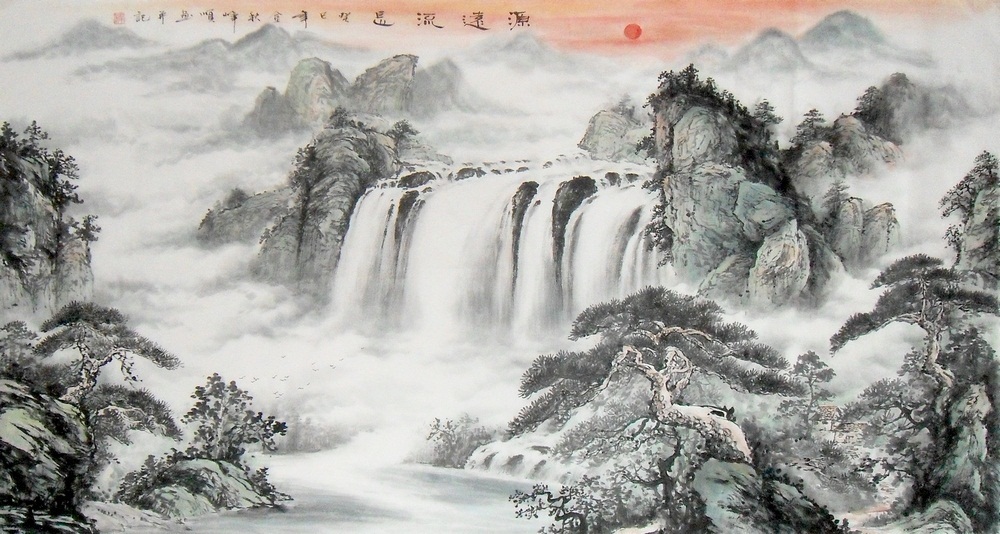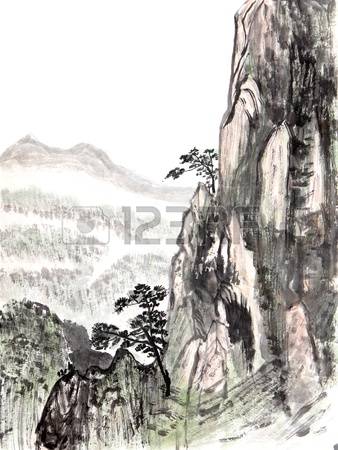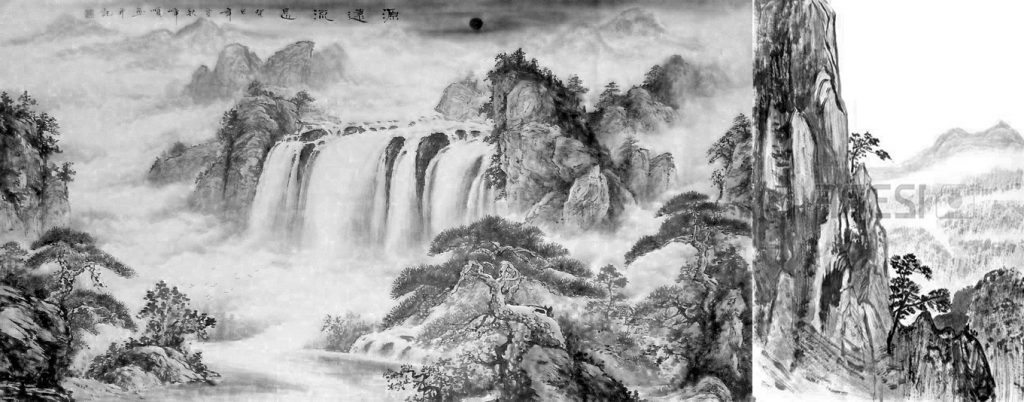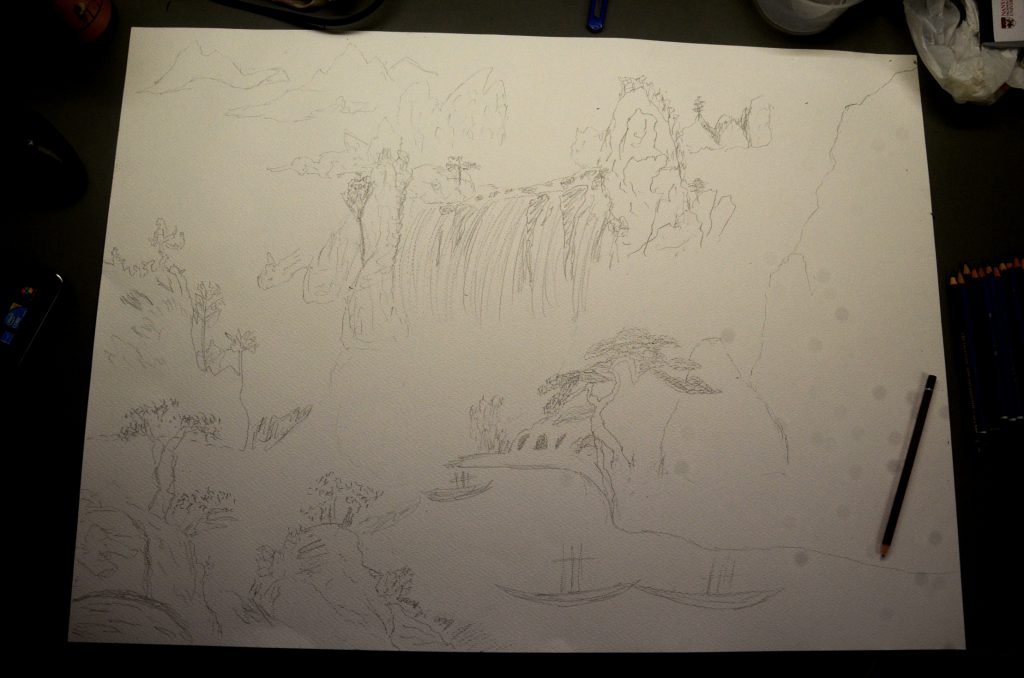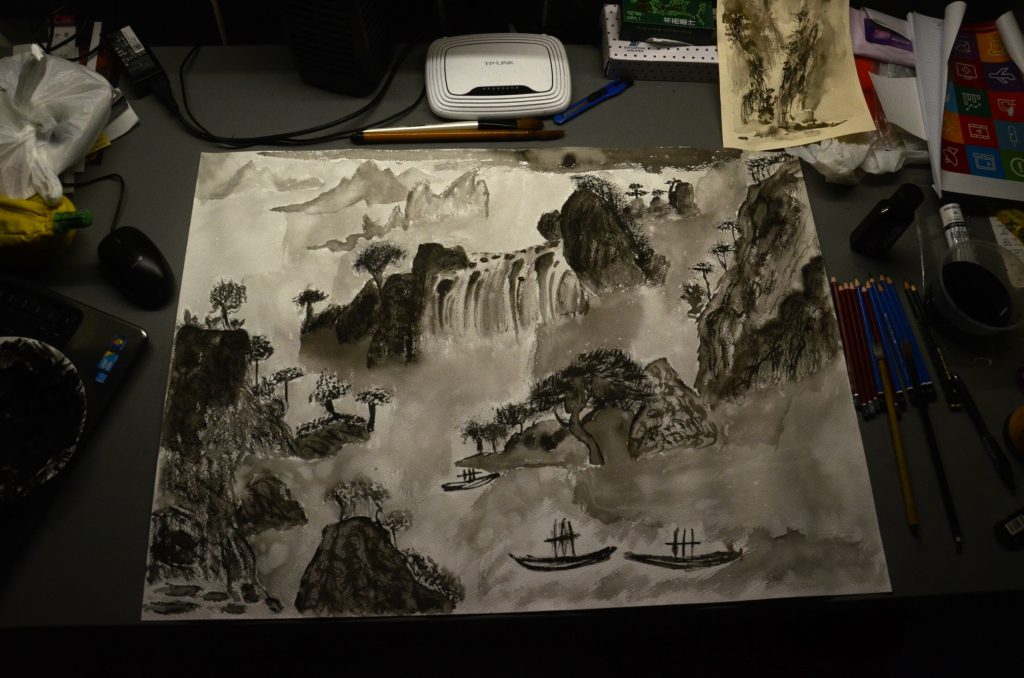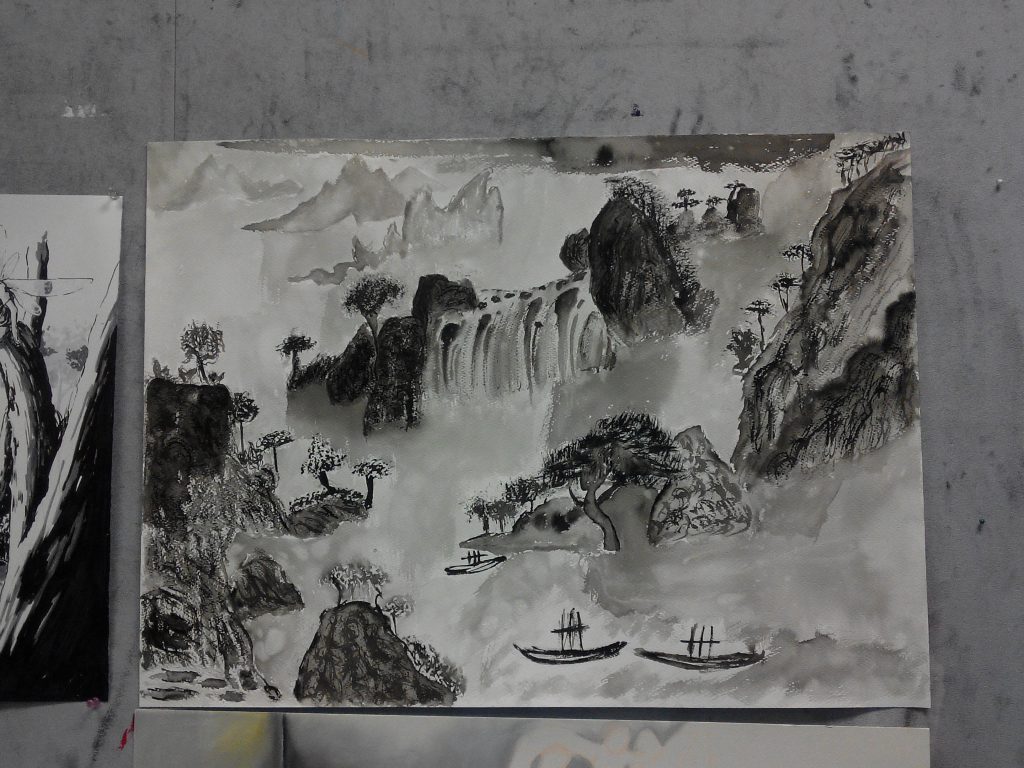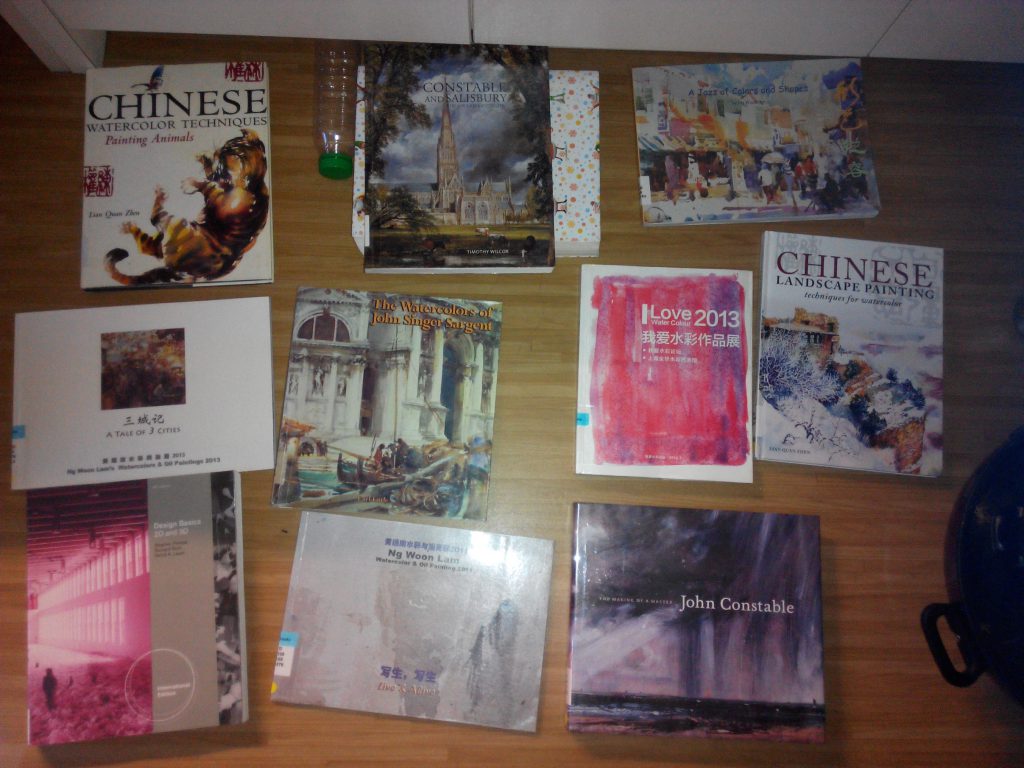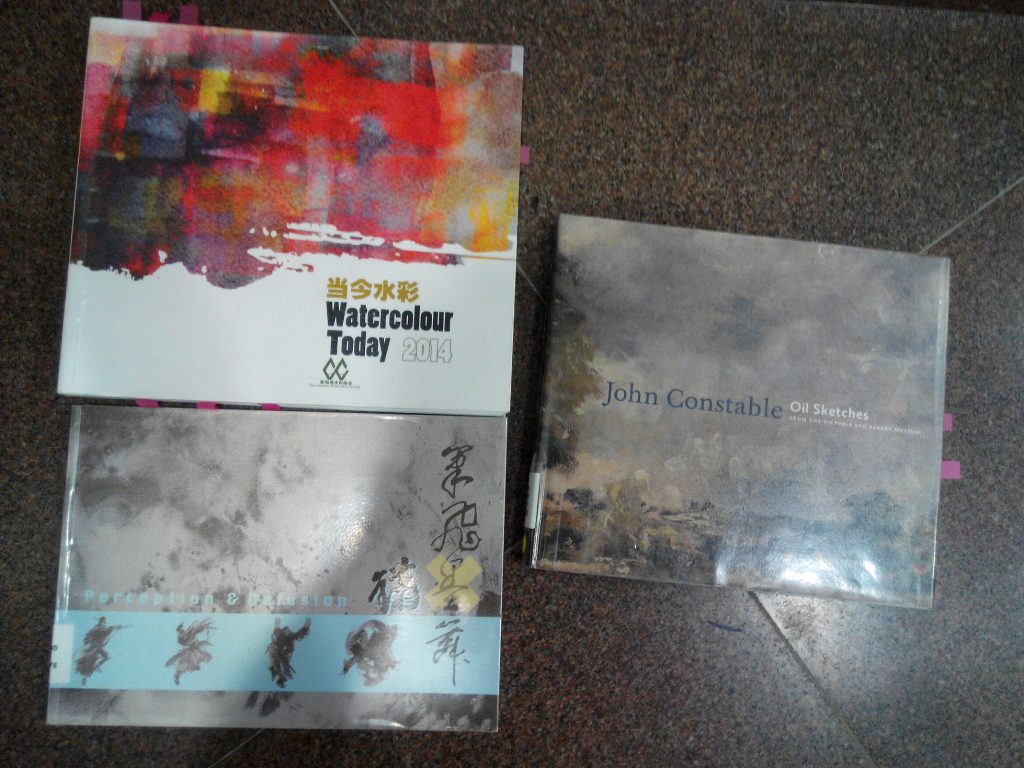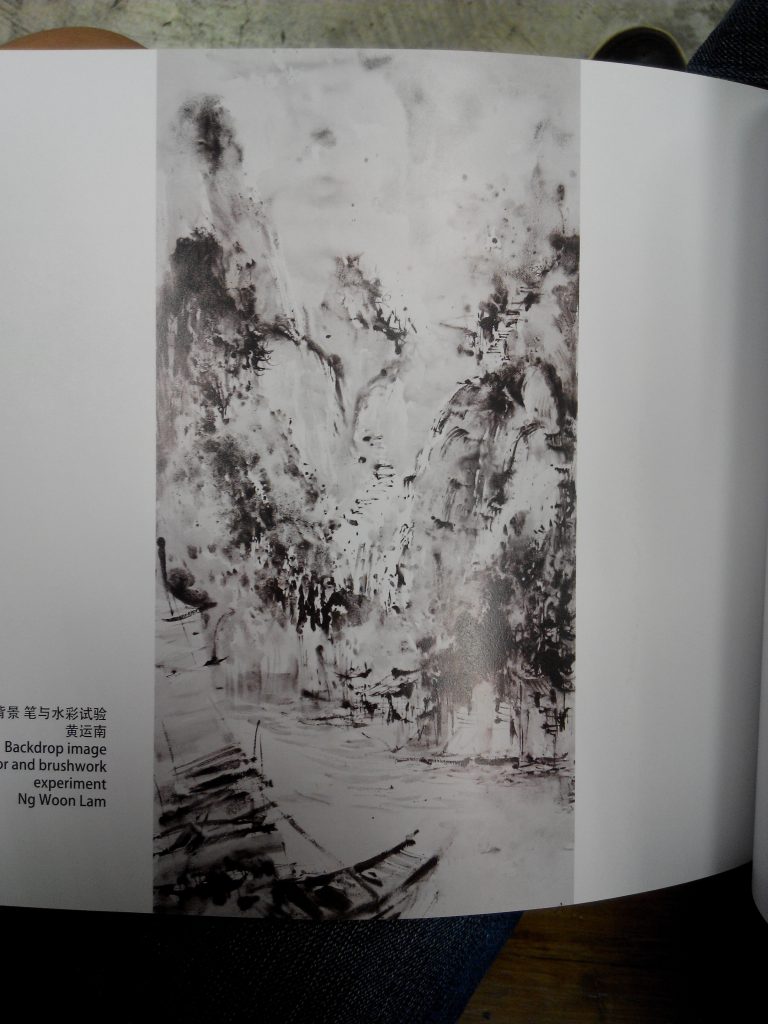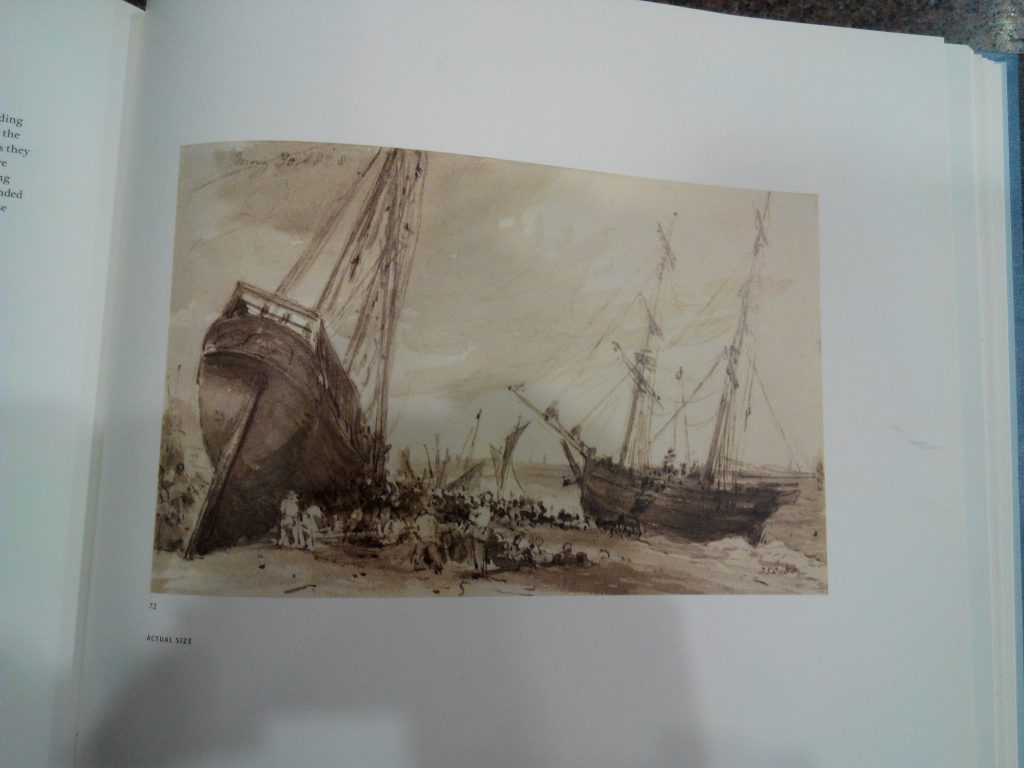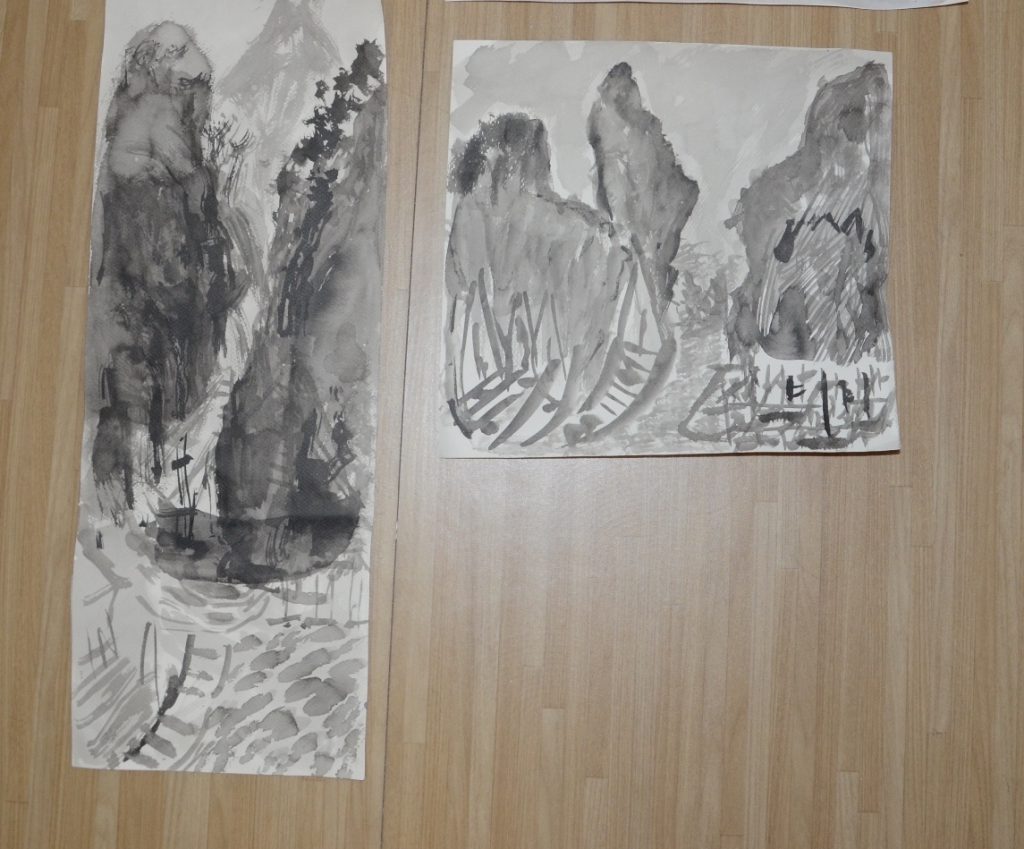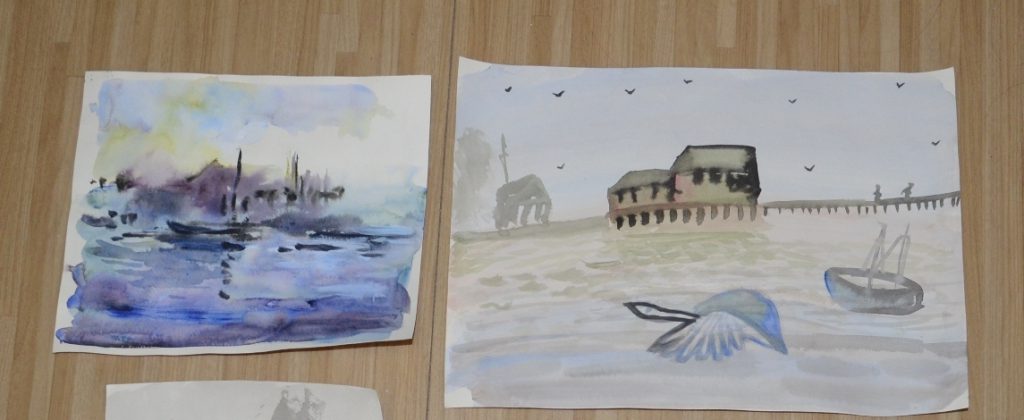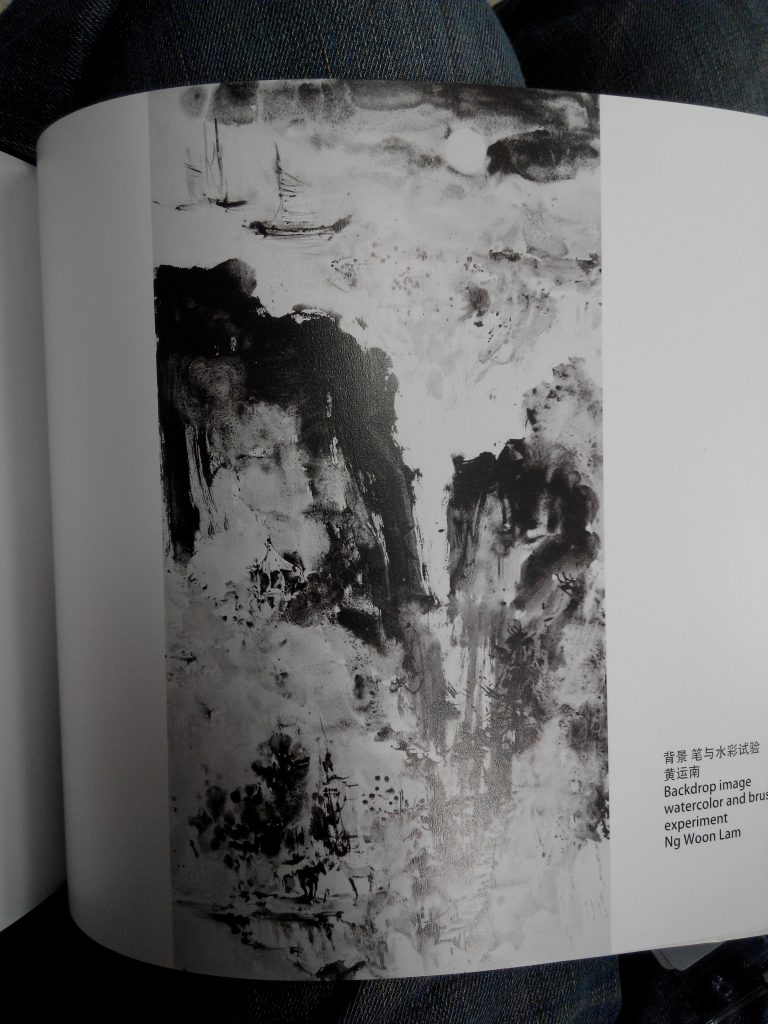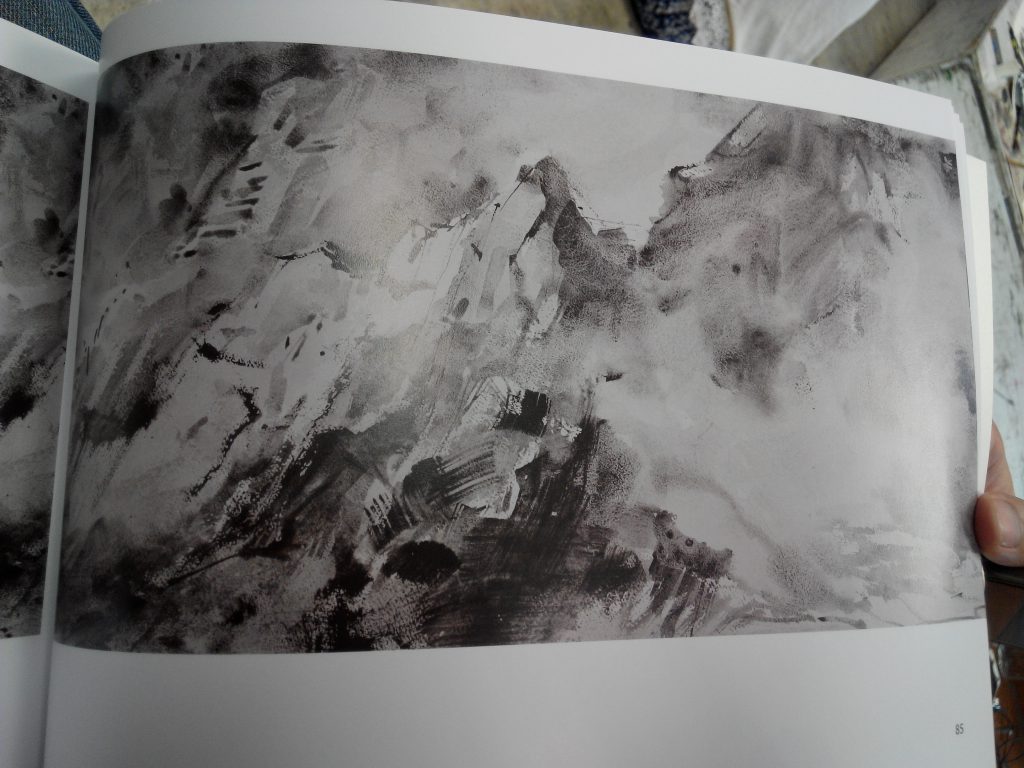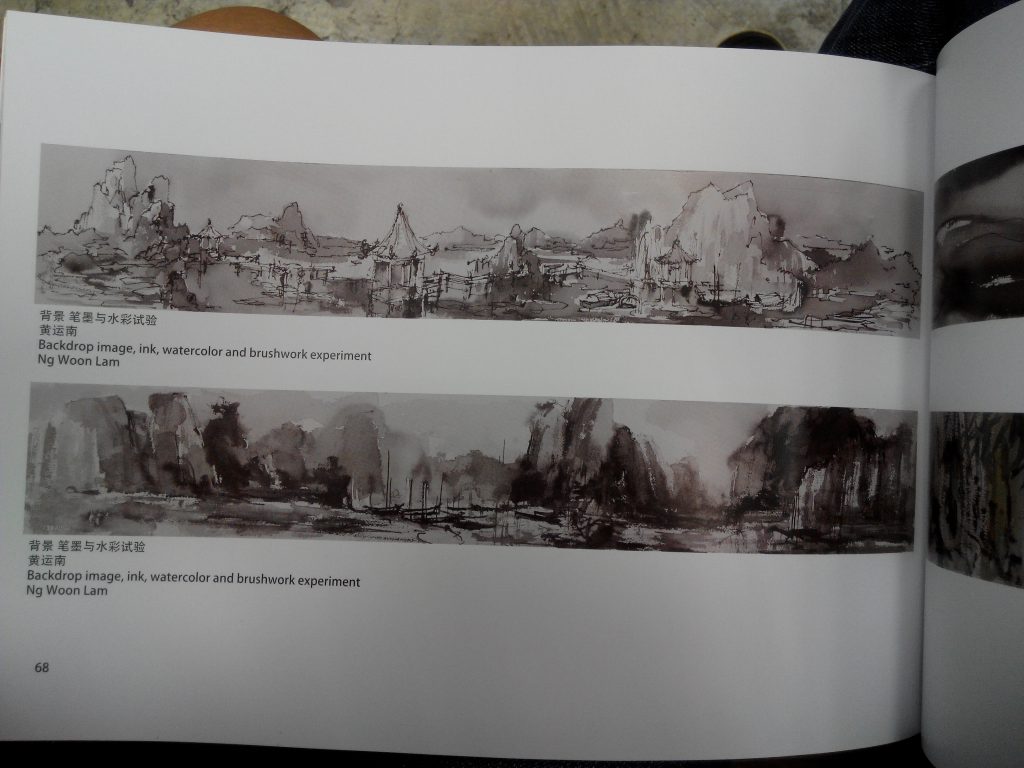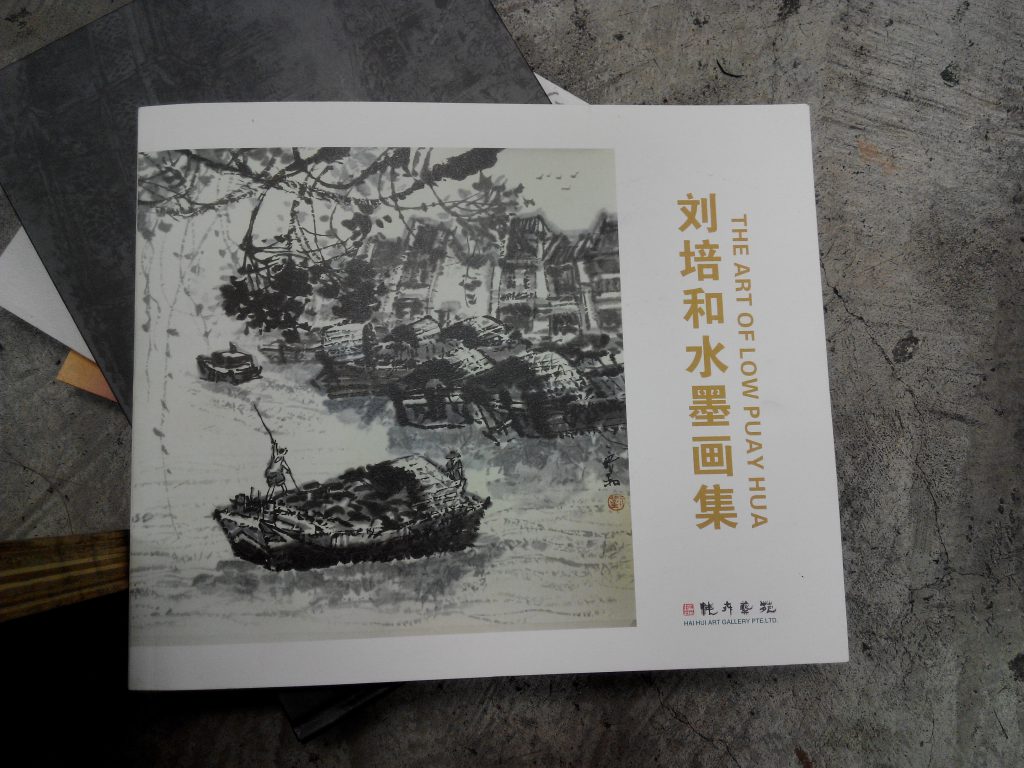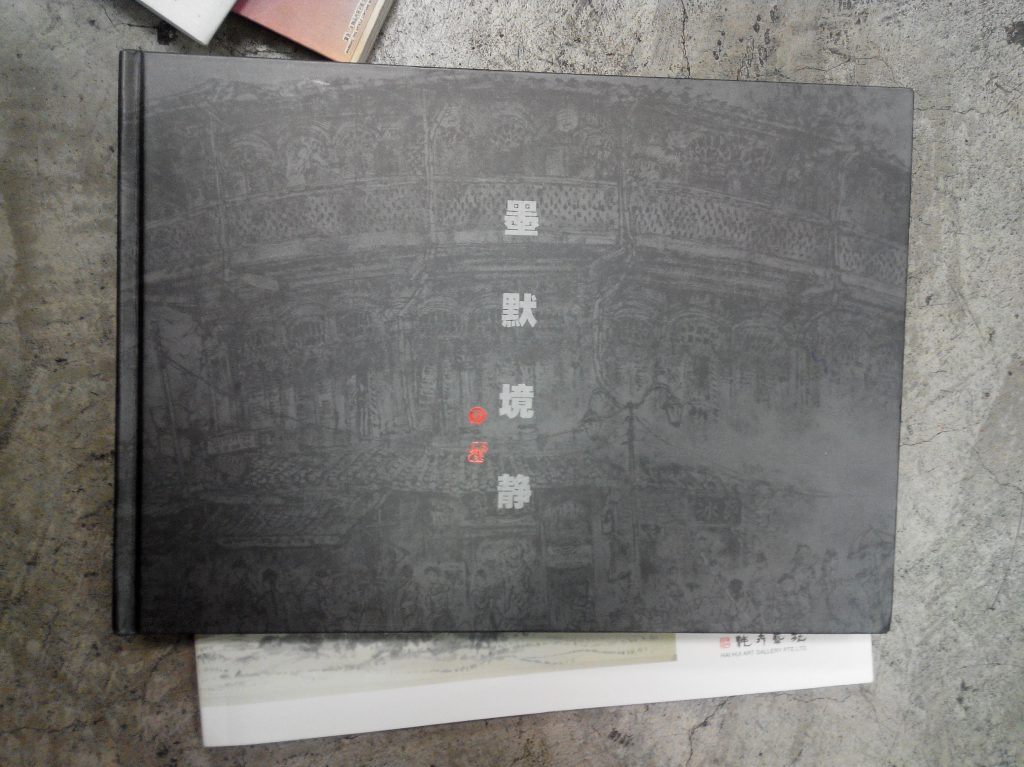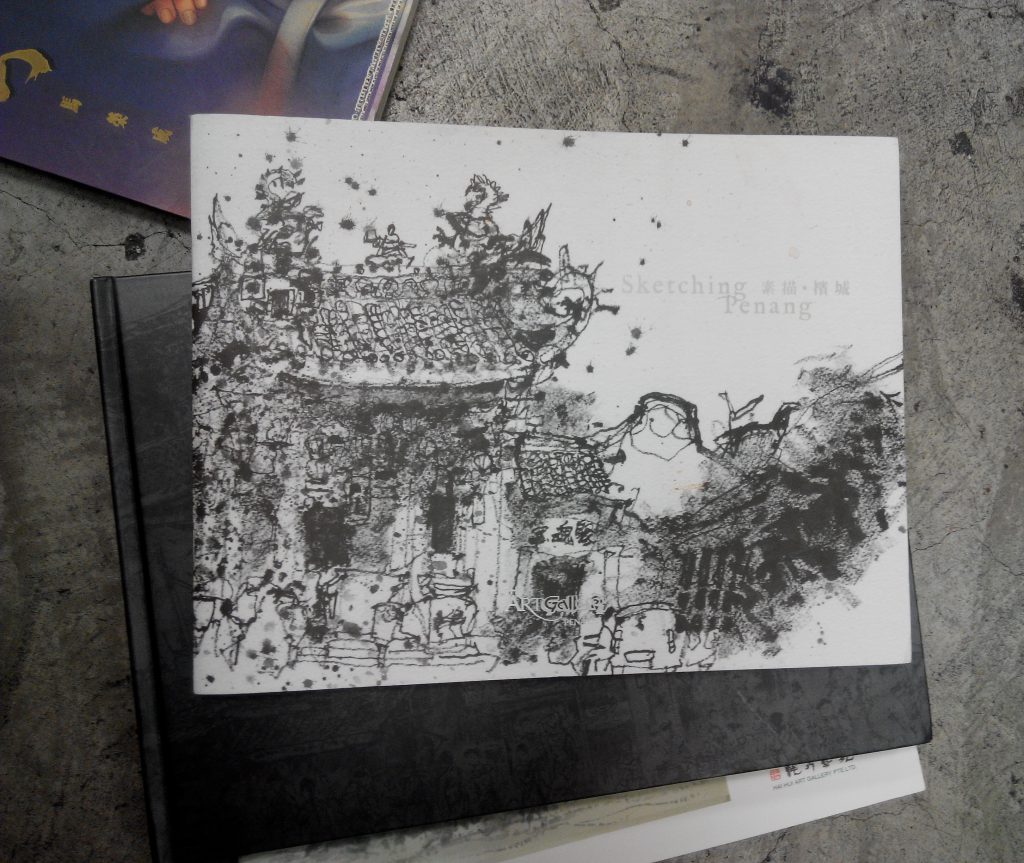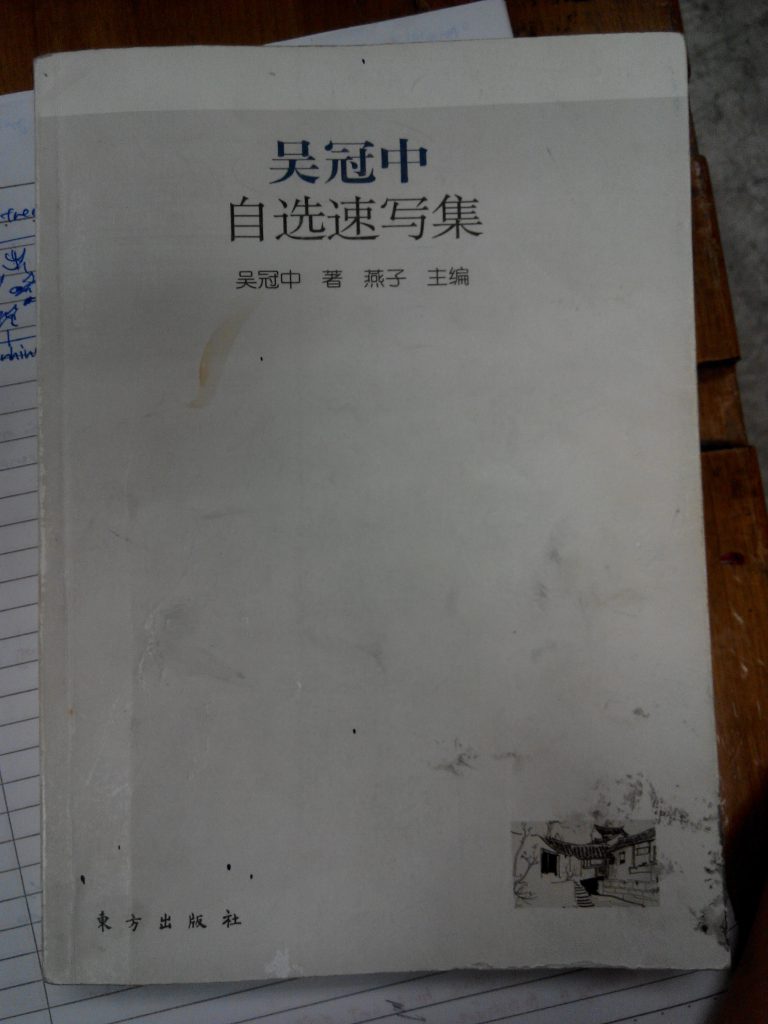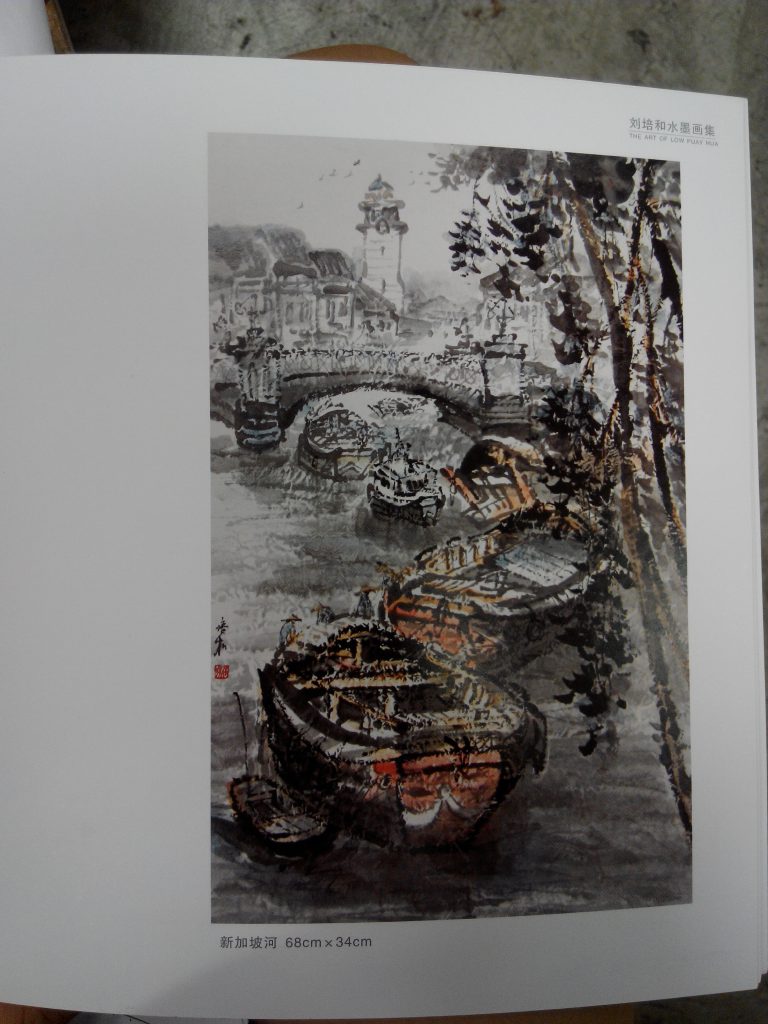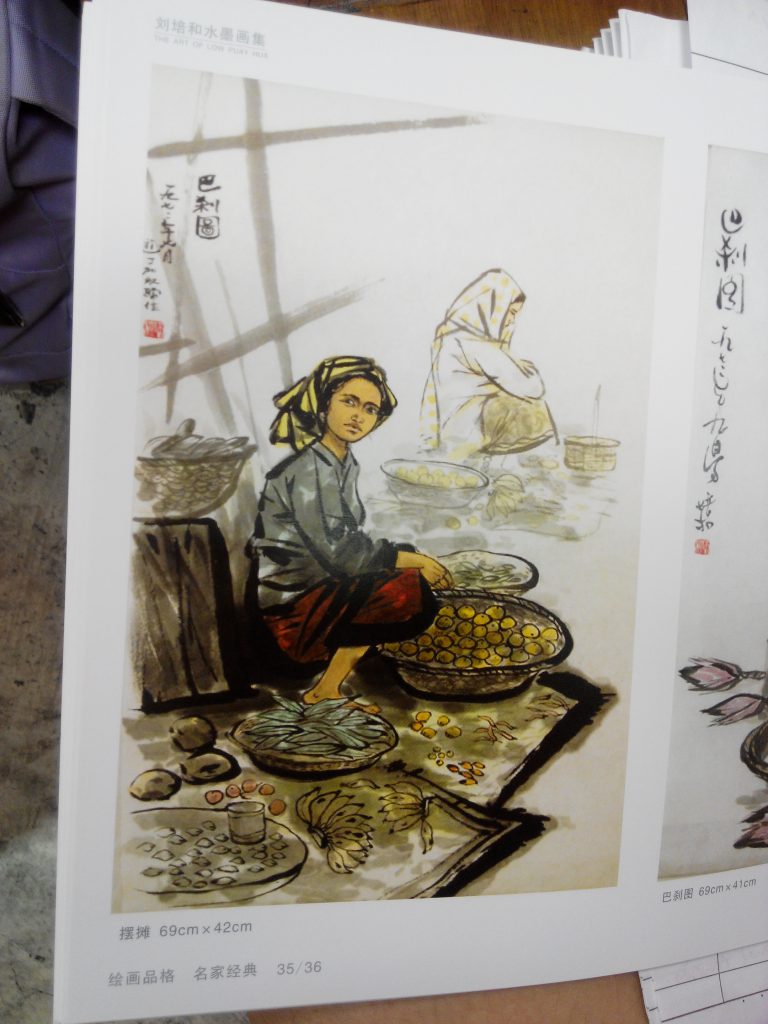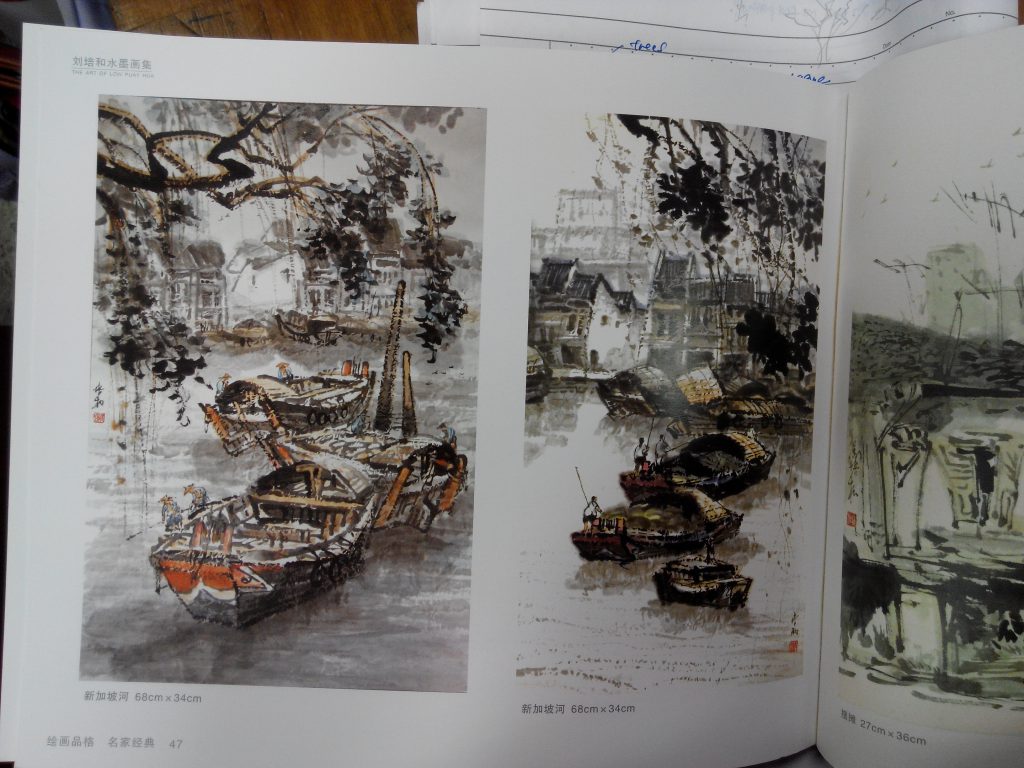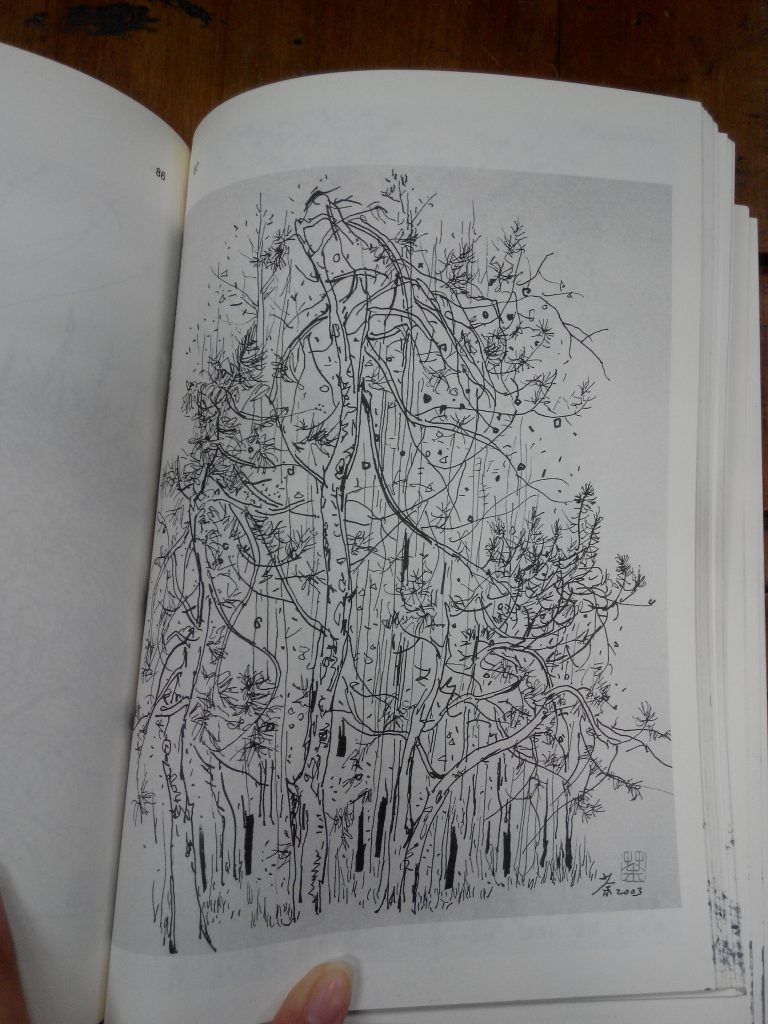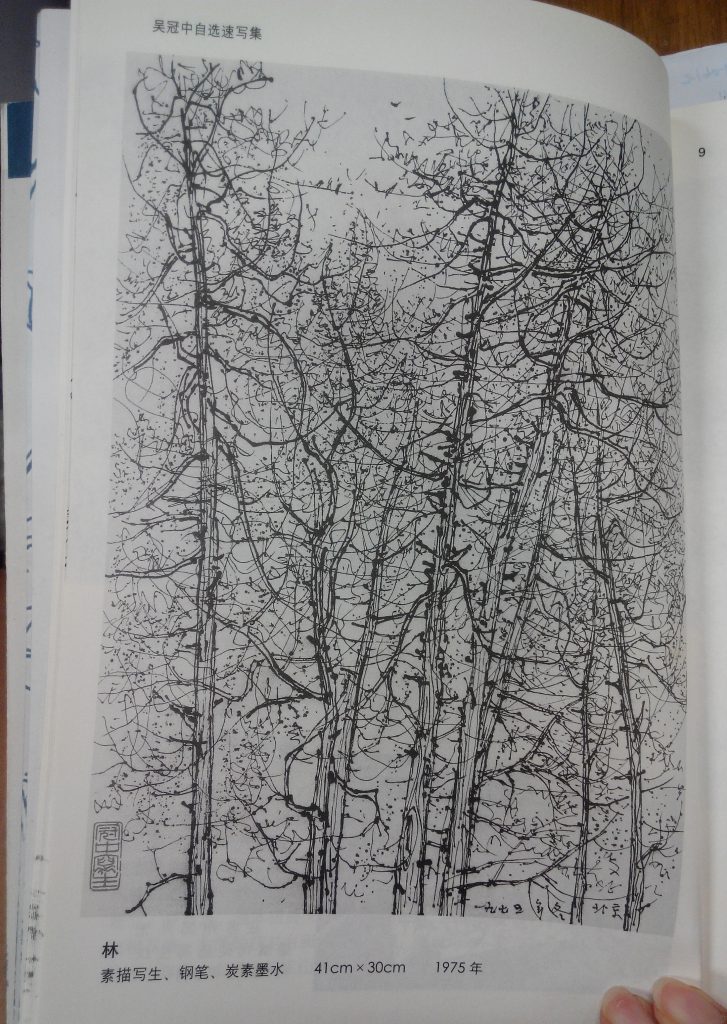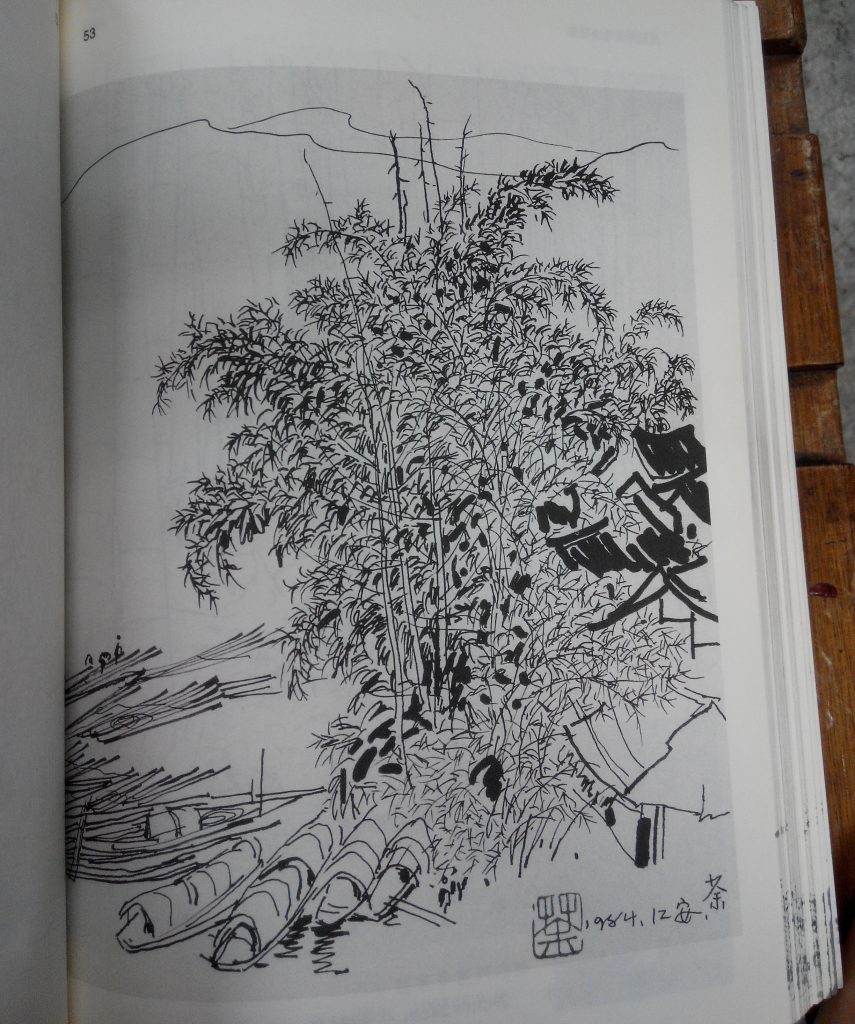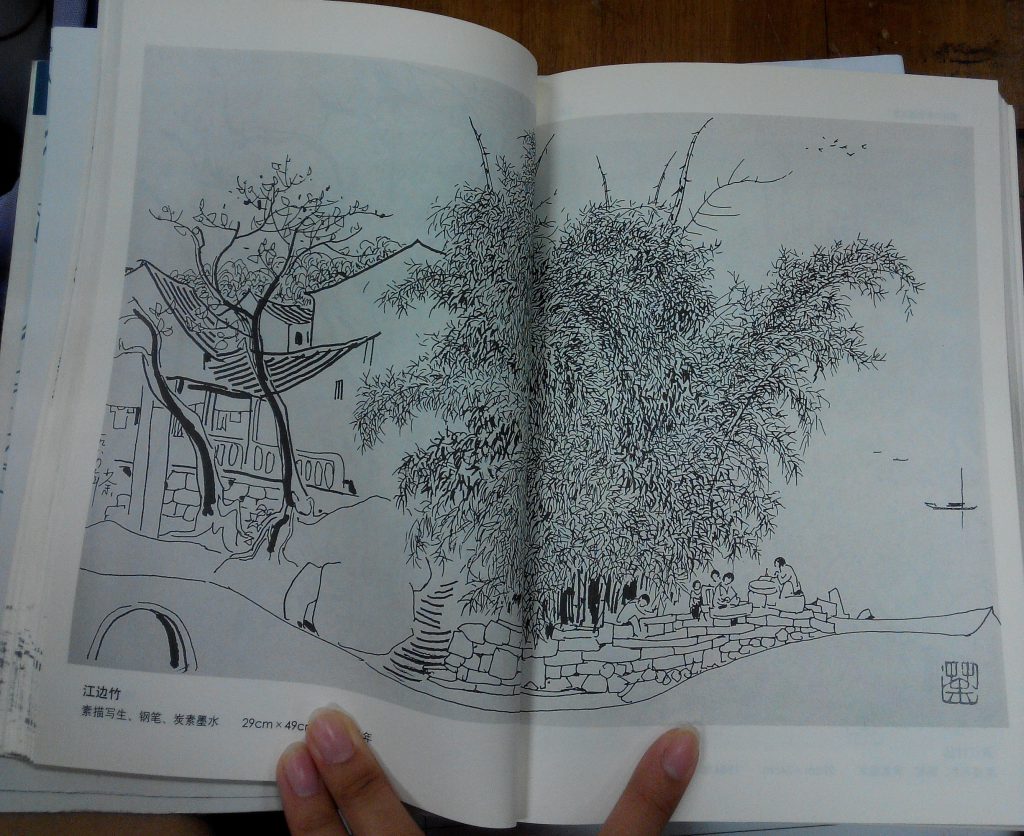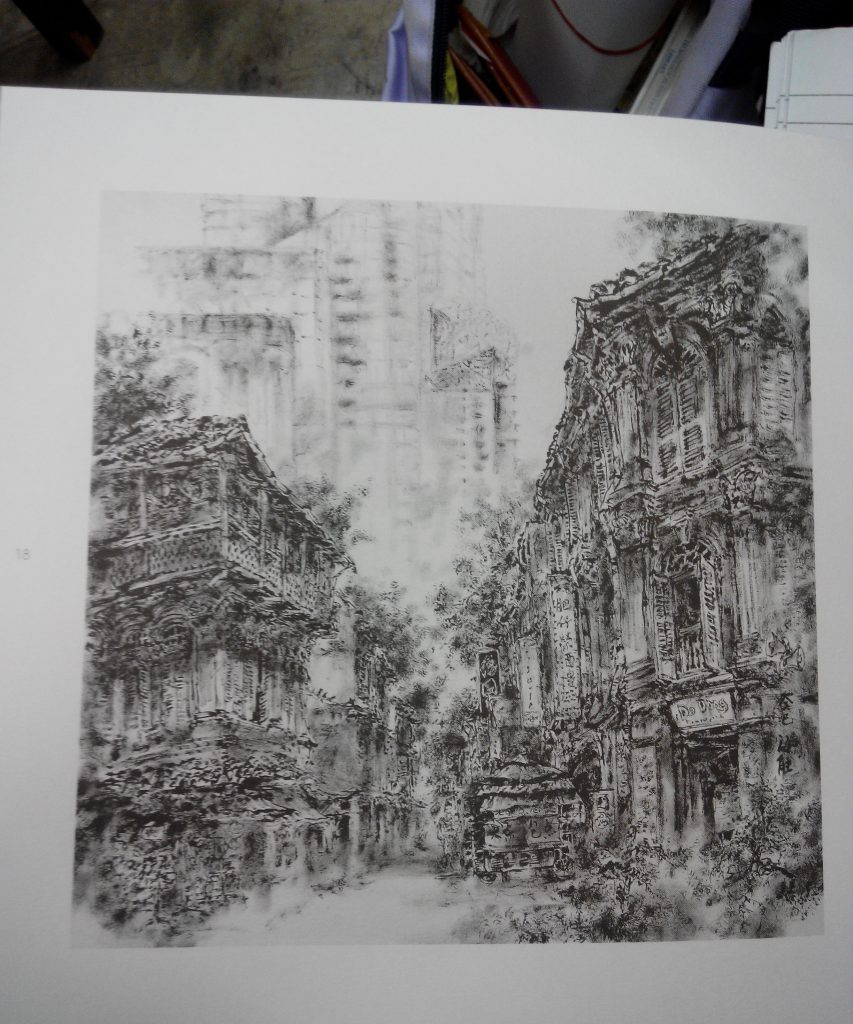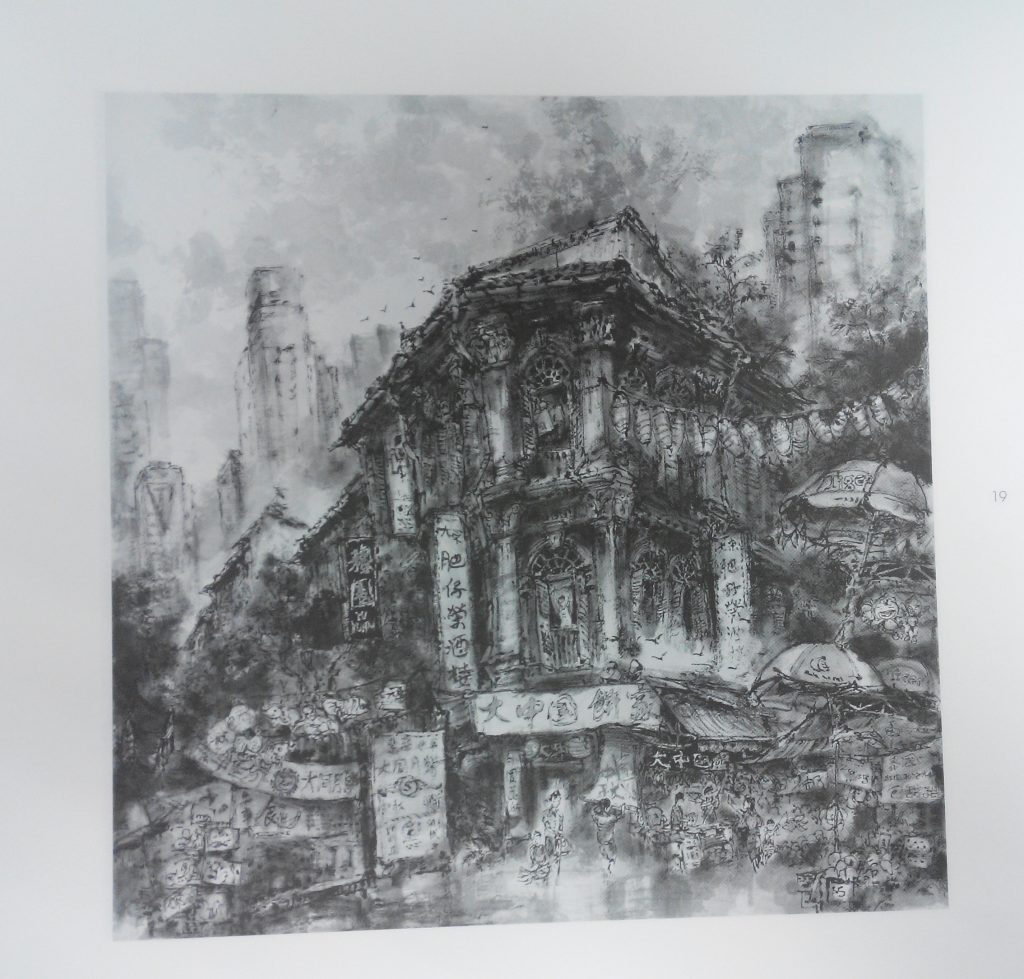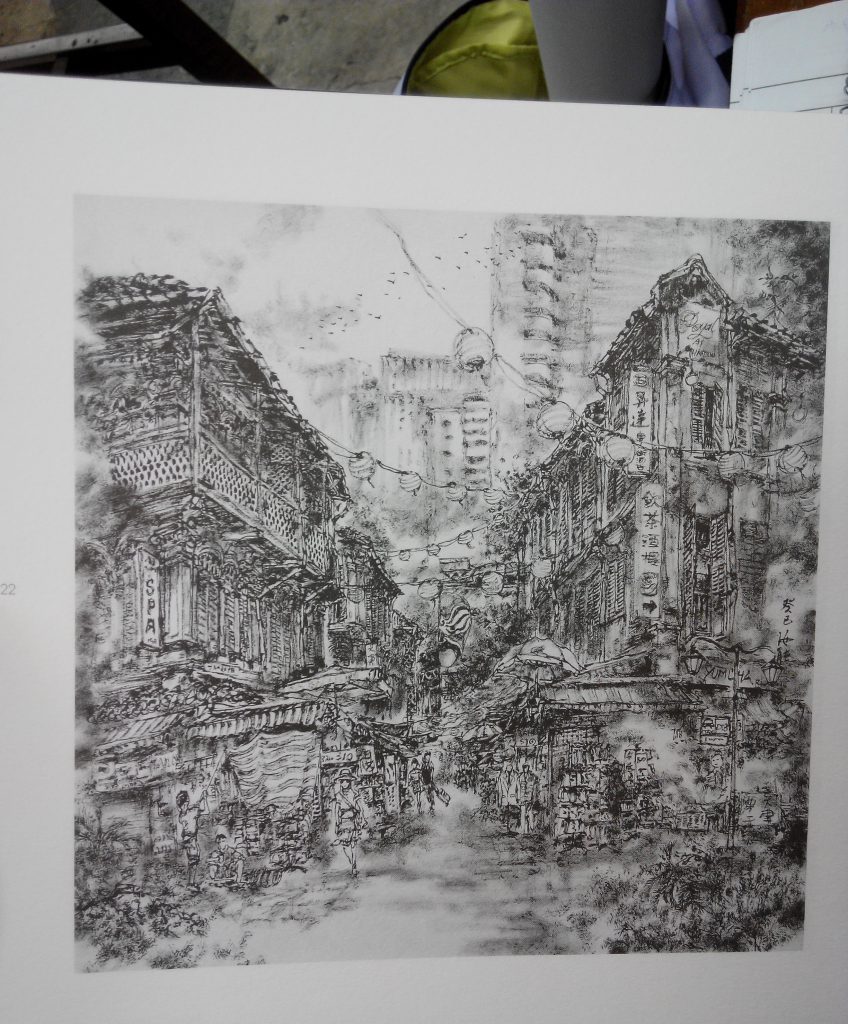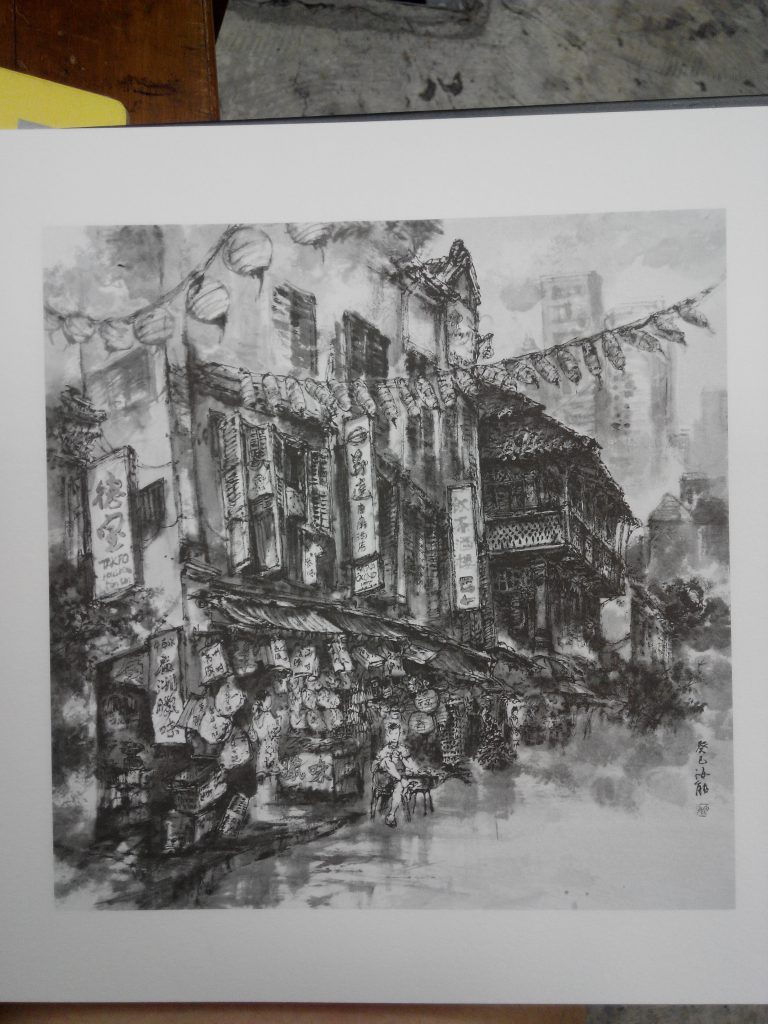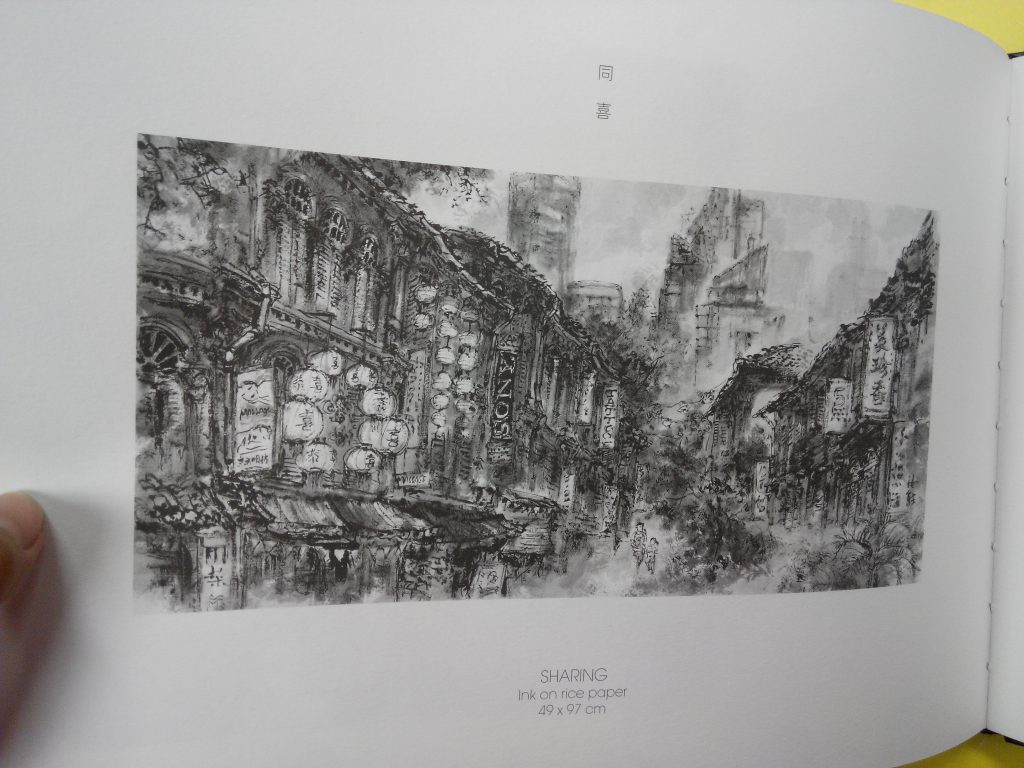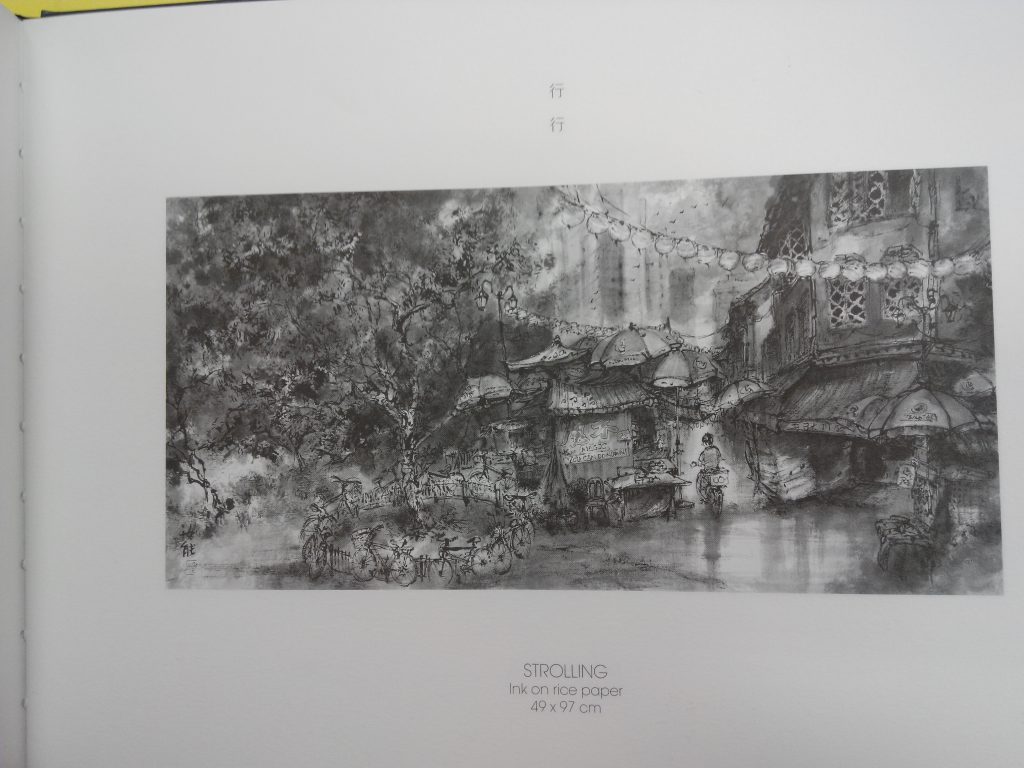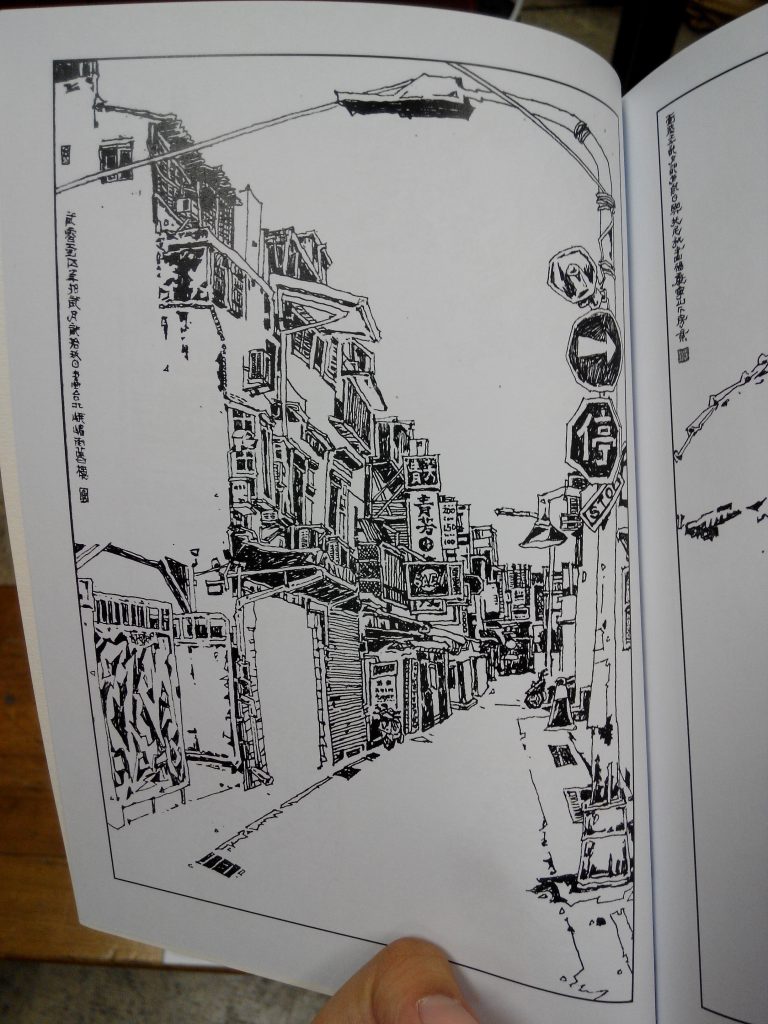In general , Guo Xi describes how a painter should consider landscape, from the mood of the image to the technical details of what constitutes a good painting. He first explains what are the key features of a painting before stressing on the importance of the painter’s attitude when painting a landscape. He then dives into giving advice on how to create a good painting, looking at them through an appropriate lense and that going in person to the site itself actually helps in discovering the important details for the painting.
There are repeated stresses on the accurate gauge of the sense of distance and the need to create multiple facades / perspectives for the key subject matter through distance, angle and time. Technical details of the type of distance and their functionality are explained with respect to high distances, deep distances and level distances. The proper gauge of size and their proportions are also mentioned as well. Hiding some details actually enables the painting to have depth and a sense of hierarchy which are two important aspects in chinese paintings.
Overall, I felt that it is a good read that has the general public as its target audience. It gives us an overview of what chinese painting is about and what are the crucial features that makes up a decent piece of chinese painting. I feel that the tonality (ranges of grey), shades (ranges of black) and space (between lines or blocks) are also important characteristics of a good painting that gives a sense of distance and depth to it. These can also create different textures that will form the multiple perspectives/ facade characteristics mentioned by Guo Xi.
